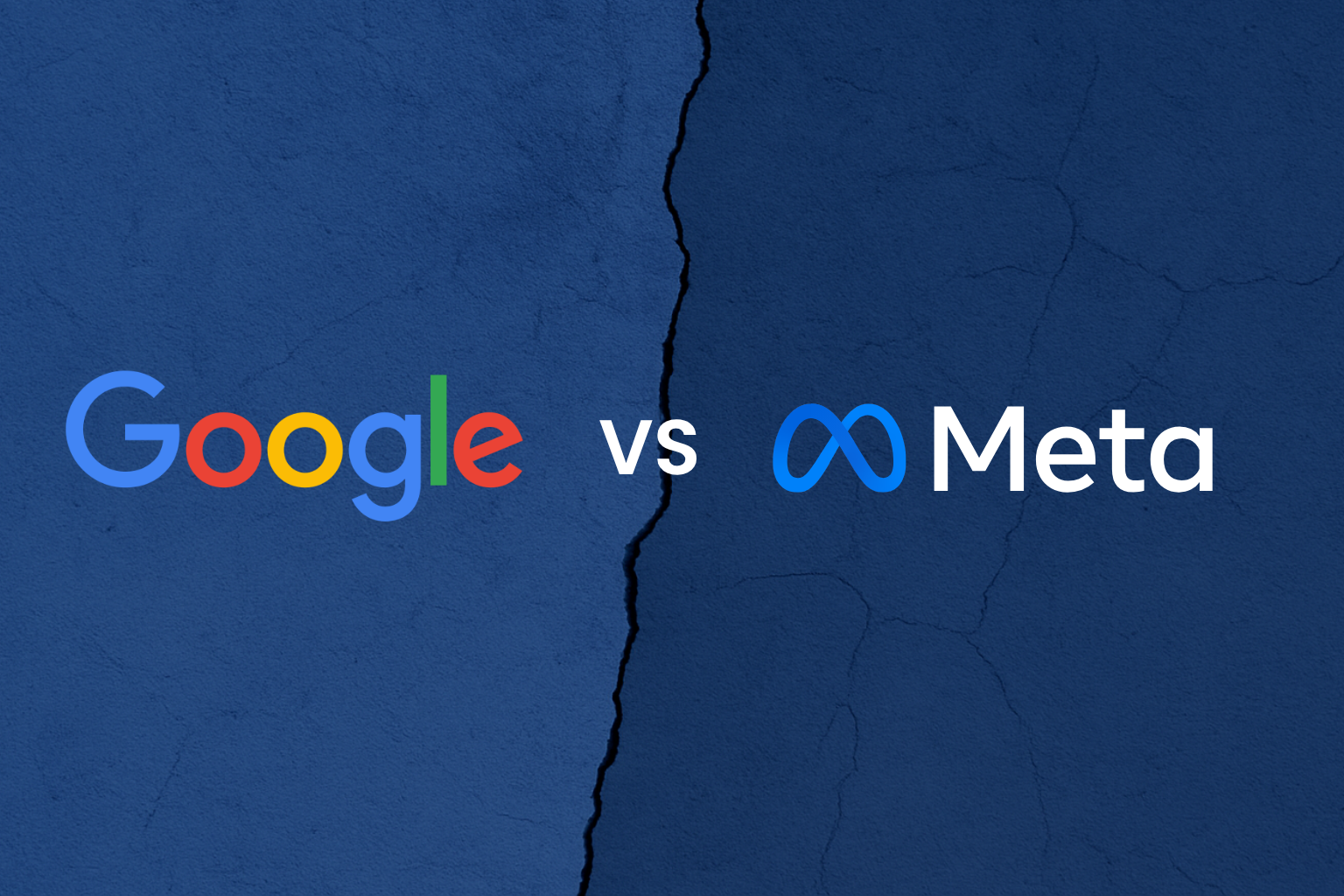A well-structured Meta account isn’t just about tidiness - it’s about efficiency. Many ecommerce brands fall into the trap of over-segmenting campaigns, splitting audiences too early, or constantly restarting learning phases. The result? Volatile performance and wasted spend.
Meta’s algorithm thrives on clarity and data density, not confusion. When your campaigns are streamlined, your creative is tested methodically, and your budgets are aligned with objectives, scaling profitability becomes far easier.
Build from the Top Down: Define your Funnel Layers
Every structure should mirror your customer journey.
Top of Funnel (TOF):
Start with a Brand Awareness campaign to drive reach, engagement, and visibility. Keep objectives simple — video views, engagement, or traffic — and use this to warm up your pixel. For new brands or markets, this layer is crucial for building data that powers your performance campaigns later.
Middle of Funnel (MOF):
Use Advantage+ Shopping Campaigns (ASC) to reach high-intent audiences. Depending on your budget and product range, you can structure this layer as:
- ASC – Always-On / Best Sellers: Your evergreen campaign promoting core or high-performing products.
- ASC – BAU / Testing Campaign: Used to test new products, messaging, or creative angles without disrupting your evergreen setup.
- Manual BAU Campaign (optional): For brands needing more control over audience segmentation or testing performance between different creative concepts.
Bottom of Funnel (BOF):
This is where you convert warm audiences.
Your main retargeting setup should include:
- Dynamic Product Ads (DPAs): to show users the exact products they’ve viewed or added to cart.
- Broader re-engagement ads - to show them what’s new. This could include:
- New-In collections
- Back in stock announcements
- Complementary products (cross-sell or upsell)
- Upcoming promotions
Split Out DPAs for Greater Control and Performance
DPAs consistently outperform static ads — but only if structured properly.
- Segment your product catalogue into core, seasonal, and sale items.
- Exclude recent purchasers (e.g., last 14 days) to avoid wasted impressions.
- Test creative frames or overlays within the DPA template to make your catalog ads look curated rather than purely automated.
Pro tip: Many brands run one all-in-one DPA, but splitting them by intent or product type (e.g., “Sale DPA,” “Best Seller DPA”) gives Meta clearer signals and keeps performance consistent.
Separate Sale Campaigns to Avoid Disrupting Learning
When sale periods roll around, avoid editing your Always-On campaigns to include sale messaging.
Instead, create dedicated sales campaigns that can run temporarily with new creative, messaging, and landing pages. This keeps your evergreen ASC stable and avoids resetting the learning phase — one of the biggest causes of short-term performance drops.
Keep Your Structure Simple — Don’t Overcomplicate It
Here’s the thing most e-commerce brands get wrong: too many campaigns, too many ad sets, too many variables.
Meta’s machine learning works best when it has large, clean datasets. The more you split your spend across similar audiences or duplicated campaigns, the harder it is for the algorithm to learn.
Tip: “Fewer, stronger campaigns will almost always outperform a cluttered account. You’ll spend less time firefighting, and more time optimising creative and strategy.”
Start small — one ASC, one testing campaign, one retargeting — and build complexity only once you’ve mastered stability and scale.
Budget Distribution and Scaling
- Keep ASC budgets consistent to maintain learning stability.
- For TOF or awareness, allocate 10–20% of the total budget.
- For Always-On ASC and retargeting, allocate the remaining 80–90%.
- When scaling, increase budgets by 20–30% increments per week or duplicate winning campaigns instead of editing live ones.
Creative Testing Without Breaking Structure
Creative drives performance on Meta — but poor testing can kill it.
- Use a dedicated testing campaign or your BAU manual campaign for creative iteration.
- Test 3–4 new concepts at a time; same audience, different visuals/hooks.
- Move winners into your evergreen ASC campaign to scale them.
- Refresh ad visuals regularly to avoid fatigue (e.g., every 2–4 weeks).
Conclusion
Your Meta structure shouldn’t be complicated — it should be strategic.
A balanced mix of awareness, ASC campaigns, testing, and DPAs ensures your account can scale efficiently without losing clarity or control.
If your Meta account feels messy, take it as a sign to simplify. Align campaigns to funnel stages, isolate your sales activity, and give the algorithm the clean signals it needs to perform at its best.
.png)
.png)


.jpg)


.png)
.png)
.png)

.png)


.svg)
.svg)
.svg)
.svg)